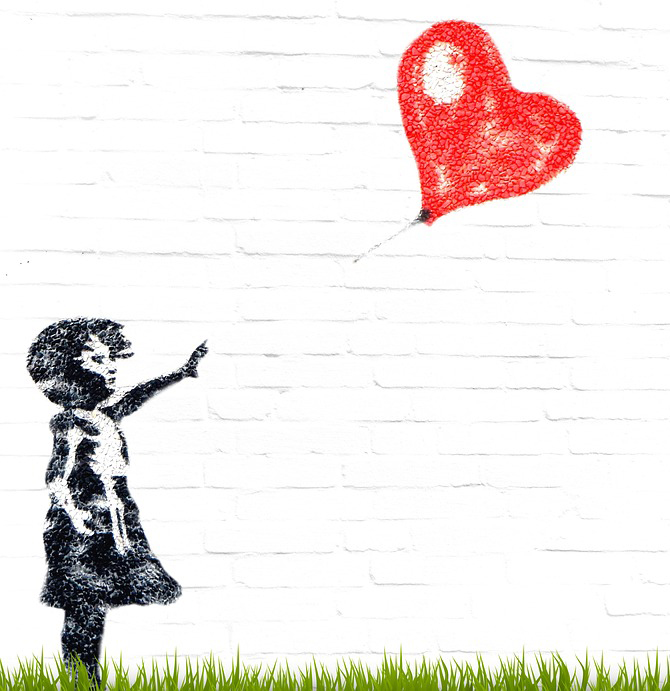Graffiti brings purpose, expression on issues
November 11, 2019
We see graffiti everywhere we go. It’s on buildings, train cars, playground equipment, bathroom stalls and anywhere else you can think of. Some of it is seemingly pointless and sometimes offensive, while some of it is smart, detailed and well-drawn.
Many say that it is not art, just delinquents defacing public property. Despite this popular opinion, graffiti is art.
Art is an expression of a feeling, a thought or an experience, among other things. This is exactly what graffiti artists do. They use their art to express ideas about issues, politics and life in general.
Even if graffiti includes profanity or graphic images and looks like it has no point at all, it is still art. Even if little thought or no artistic ability went into making it, the person who made it ex-pressed something through it. Maybe scrawling a string of vulgar words across a train car is therapeutic for that person, and expresses their need to feel as if they are being heard.
However, graffiti is usually not pointless or thoughtless, even if it may look that way. A lot of it has real meaning behind it.
A great example of this is the work of the most famous graffiti artist, Banksy. With an unknown identity and a can of spray paint, Banksy has been using graffiti since the 1990s to make political and social statements across the world. His art highlights the dark injustices of society, and makes its viewers think about things that they may not have thought of otherwise. What he has done with graffiti has been highly influential on both artists and regular people in a positive way.
However, many argue that even if graffiti is trying to make a well-intentioned statement, it is still vandalism. And those people would be right. Graffiti is illegal in the United States as it is in most places around the world. According to The Fact Site, $1-3 of every taxpayer’s money is spent every year to remove or paint over public graffiti.
So for most people, graffiti is an issue of morals. They think that it’s rude to plaster your art onto a building that doesn’t belong to you. But I think that’s the point of graffiti, especially when it is centered on a particular issue. It tells the world, “this problem is here whether you want it to be or not. Don’t ignore it.”
Graffiti has power just like any other kind of art. It holds important messages that people need to hear. But that can’t happen until our laws become more lenient. We need more designated public spaces for graffiti, and building owners who support it that will agree to let artists use their walls for their art. If these changes were to happen, graffiti could start to be recognized as the legitimate and significant art form that it is.



